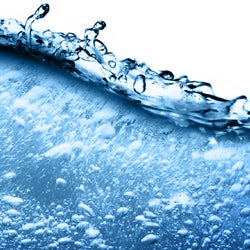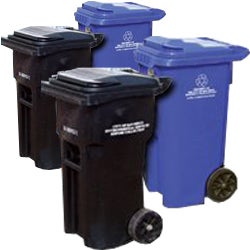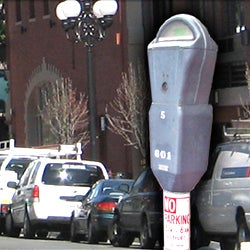C & D Frequently Asked Questions (FAQ)
- What does C&D mean?
Construction and Demolition
- What are inert materials?
It is a combination of asphalt, concrete, dirt, fines, rock, brick, sand, soil and stone.
- What is source separated recycling?
It is when materials are separated by type of at the point of generation and disposed in different containers for recycling. Fees for using recycling facilities that accept source separated materials are typically much less expensive than mixed C&D recycling facilities or landfill disposal. Some facilities may even pay for certain materials.
- What is a Certified Mixed C&D Recycling Facility?
A Certified Mixed C&D Recycling Facility accepts commingled loads of most of the C&D debris. The materials are then sorted by the facility, and marketed separately. A mixed C&D loads generally includes materials such as metals, untreated wood, inerts, drywall, concrete, asphalt, carpet padding and foam, pallets, clean dirt, cardboard packaging and yard waste.
- What should I do if my project generates almost no waste?
All projects generate waste and if your project falls under the City of San Diego Construction and Demolition (C&D) Debris Deposit Ordinance (PDF) requirements you are expected to submit the required Waste Management Form, pay the refundable recycling deposit, and recycle at least 65% of your project's debris.
- What should I do if my subcontractor doesn't recycle?
Make sure that all contractors and subcontractors are well informed about the City of San Diego Construction and Demolition (C&D) Debris Deposit Ordinance (PDF), and involve them on the recycling plan for the project. Add specific language to contracts, holding contractors and subcontractors responsible for compliance with your waste plan.
- Can I haul the waste from my own project?
Yes. Please note: some recyclers will not accept loads in pick-up trucks. Make sure to clarify that with the Certified Recycling Facilities chosen before planning on bringing your C&D recycling loads to them.
- Does the amount and type of waste vary with different projects?
Different projects have different waste streams. For example, waste from a demolition phase of a project is very different from waste from the construction phase. There is also a variety of hazardous waste found at any construction and demolition site. Knowing the type of waste your project will generate will help you better manage the proper recycling of each materials, saving you time and money.
- What is deconstruction/salvage?
Deconstruction, also known as salvage, can eliminate disposal costs and may also result in taxable donations. During the deconstruction process, hazardous materials are properly removed and reusable materials are properly salvaged for reuse at the same project or donated to reusable item stores, other individuals or non-profit building organizations. These include many items such as wood floors, doors, electrical and bathroom fixtures, bricks and blocks, steel beams and studs, lumber, windows, tiles, etc. The Certified Recycling Facilities list and map offer a list of recyclers in San Diego that will take salvaged materials.Remember to allow enough time at the start of the demolition phase for deconstruction. Postponing the beginning of demolition while construction details are worked out reduces the amount of time available to salvage or recycle during demolition.
- How is on-site reuse different from recycling and what are the benefits?
You can recycle your project's C&D debris on-site or take them to Certified Recycling Facilities. If space is available, grinding asphalt, and/or concrete on-site to use as a base for the construction phase can save you money. This practice is also environmentally responsible as it decreases the need for hauling the materials off-site, decreasing pollution and traffic. It also reduces the need to purchase and haul-in new material for a job that can be done with the material that is already on site.If your project has ample space, consider source separation recycling. Fees for using Certified Recycling Facilities that accepted source separated materials are typically much less expensive than mixed C&D processing facilities or landfill disposal. Some facilities may even pay you for certain materials.
- Would my project generate hazardous waste?
A variety of hazardous waste can found at construction and demolition sites.It is necessary to identify and properly remove these items before starting any demolition/deconstruction project. The proper disposal of hazardous waste generated during construction projects must be established and well known by contractors prior to the beginning of construction.
For information on the disposal of business-generated hazardous waste, call the County of San Diego, Department of Environmental Health, Hazardous Materials Management Division, Duty Specialist, at 858-505-6880.























